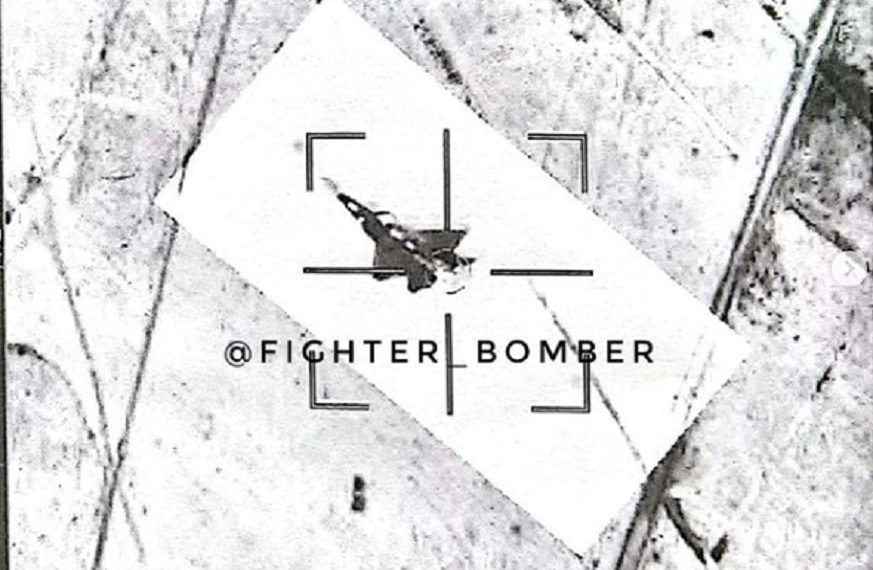Honestly, I found the information provided rather unconvincing. AFAIK, an S-200 missile uses SARH in the terminal phase, with a radar proximity fuse. That suggests to me that the Syrian S-200 operators had to be 'painting' the Russian IL-20 for the missile to home on that aircraft, as opposed to any of the Israeli F-16's. Similarly, while I do not know the RCS of either an Israeli F-16 or a Russian IL-20, I cannot imagine that the F-16's (even combined together in close proximity) having an RCS that approaches the RCS of a ELINT/SIGINT aircraft based off a large turboprop airliner from the 1950's. That would be like saying three F-16's flying in formation have an RCS close to that of a P-3 Orion... Further, many of the older style radars can provide operators with information to distinguish the sizes of various detected contacts based off radar returns.
You know, your commentary matches perfectly with a Russian poster, who claims to have been an S-200V operator in the Soviet Army. He additionally suggests that due to required authorization from the command post to launch, and the nature of the system, if this happened they way Russia says it did, it indicates a huge failure on the part of both the Syrians and their Russian advisers.
Спутать Ил-20 с F-16 оператору ЗРК С-200В - все равно, что спутать "гвоздь" с "расческой"
With all that in mind, it looks more and more like Russia provided Syria with weapons it lacks the competence to use both safely and effectively. If Russia were to provide more capable GBAD systems to Syria like the S-300, then Russian aircraft would operate with an increased chance of there being another "friendly fire" incident. Personally, I suspect that if the Syrians were to successfully engage an aircraft with an S-300, then it would be more like to be another Russian aircraft than an Israeli one, unless the S-300 crew was also supplied by Russia.
Maybe. It's also possible that the S-200 that the Syrians operate isn't interoperable with current generation Russian systems, atleast without significant upgrades. Supplying them with the S-300 may remedy the situation by linking the Syrian IADS to the Russian one, possibly under Russian command. Supplying the crews is also more likely then would seem at first. Consider the tight schedule for delivering and deploying these systems. Consider also that the claim that the S-300PMU2 came from MoD storage is extremely unlikely. There might be,
might be some S-300PM systems in storage, but the PMU2 specifically is an export version, and the most modern of the S-300 family. To put it in perspective, the S-300PMU3 is called the S-400. Not something likely to be found sitting in storage, when vintage S-300P systems are still around.
There's also no way to train Syrian operators and command staff to effectively deploy an entire regiment in mere days. Also, while the S-300PMU2 is a capable system, it requires supporting assets, including SHORAD, EW, ELINT, AEW, etc. The Syrians lack most of these (really all they could provide would be the Pantsyr-S1). Look at the way Russia deployed its S-400 in Khmeimeem. It has Pantsyr-S1, Tor-M1, a bundle of additional radars, significant EW gear, regular ELINT flights from the Il-20s, and regular visits from the A-50U (the closest thing Russia has to modern AEW). Compare that to a naked regiment of S-300PMU2. Add the statement Russia made about using
their EW against anyone attacking targets in Syria. I'm suspecting that these systems maybe have Syrians driving the trucks, and guarding the perimeter, but with Russian officers manning all the more complex positions.
EDIT: Let's not forget that the Israelis have the F-35. I don't think Russia can reasonably expect to hand over the S-300PMU2 to the Syrians, and expect good things to come of it. Honestly, it would probably just end up with an embarrassing destruction of the system and assets by an Israeli strike. The only way they can use this system effectively is in conjunction with the Russian IADS around Latakia and Tartus.

